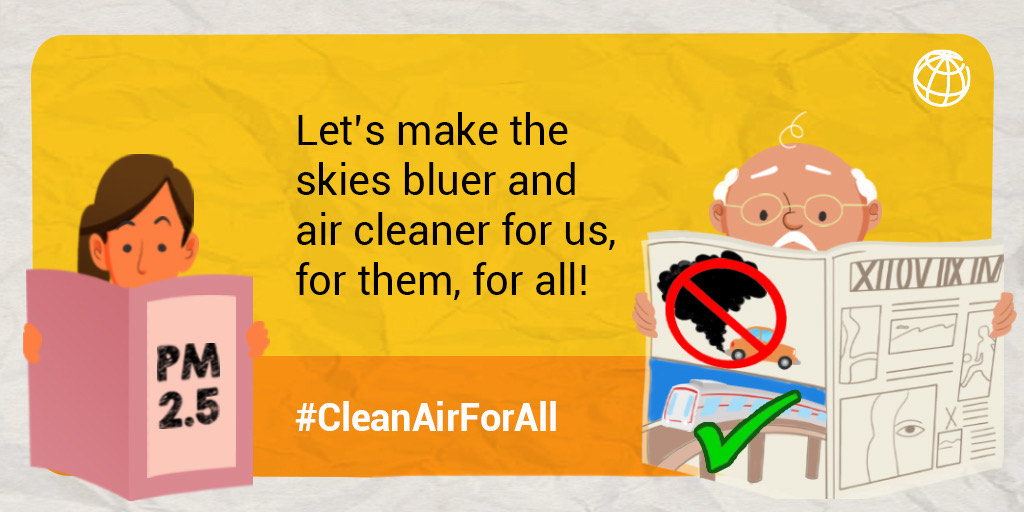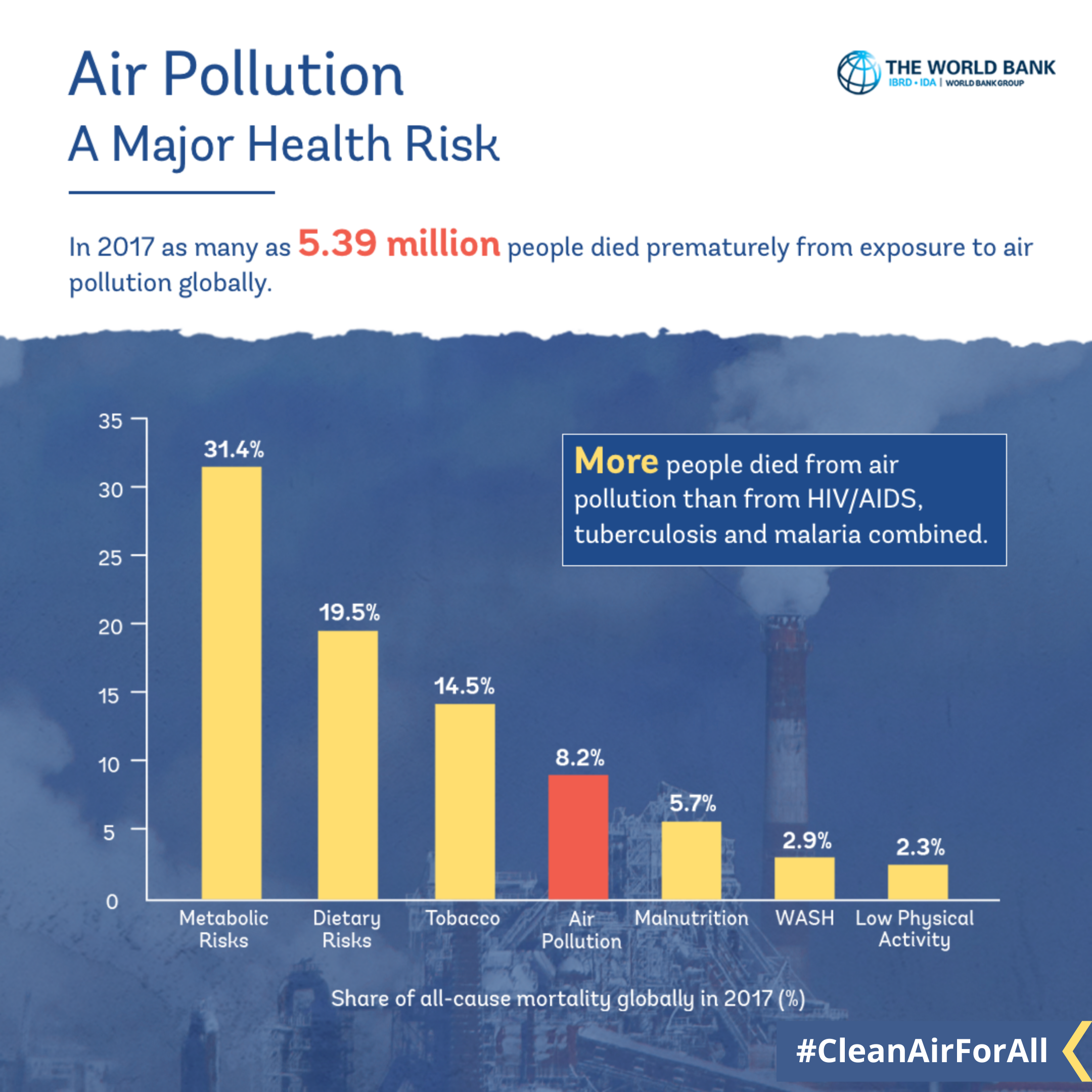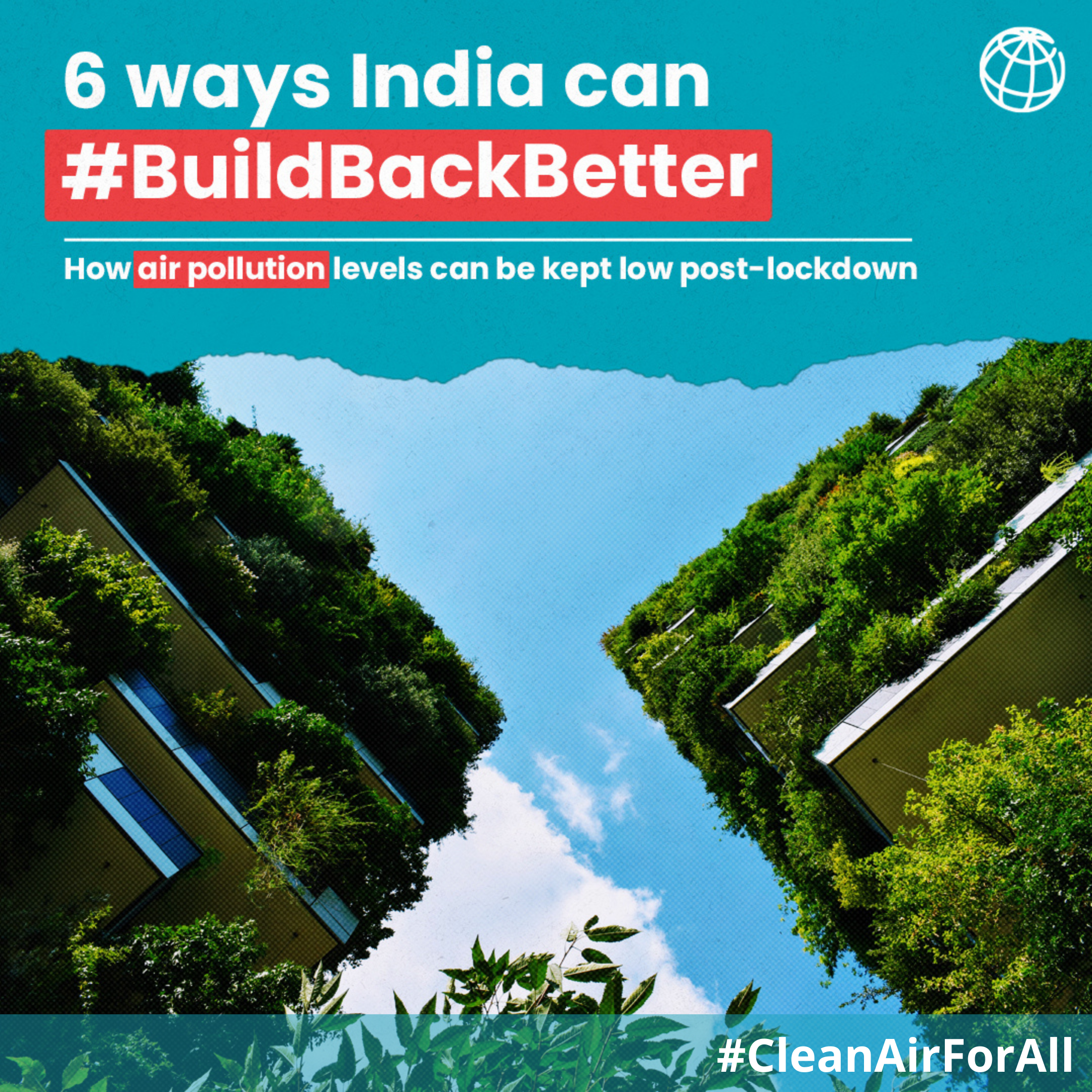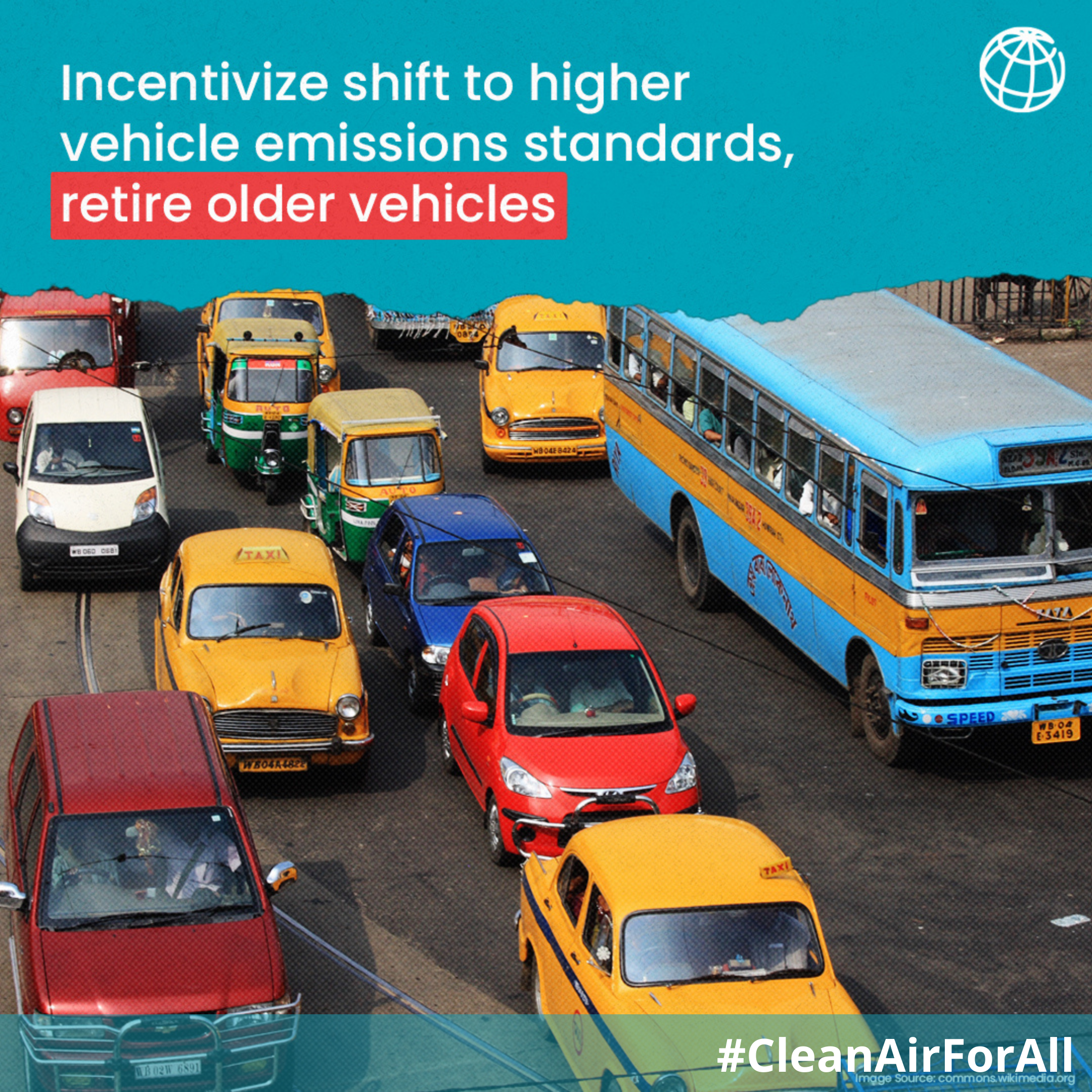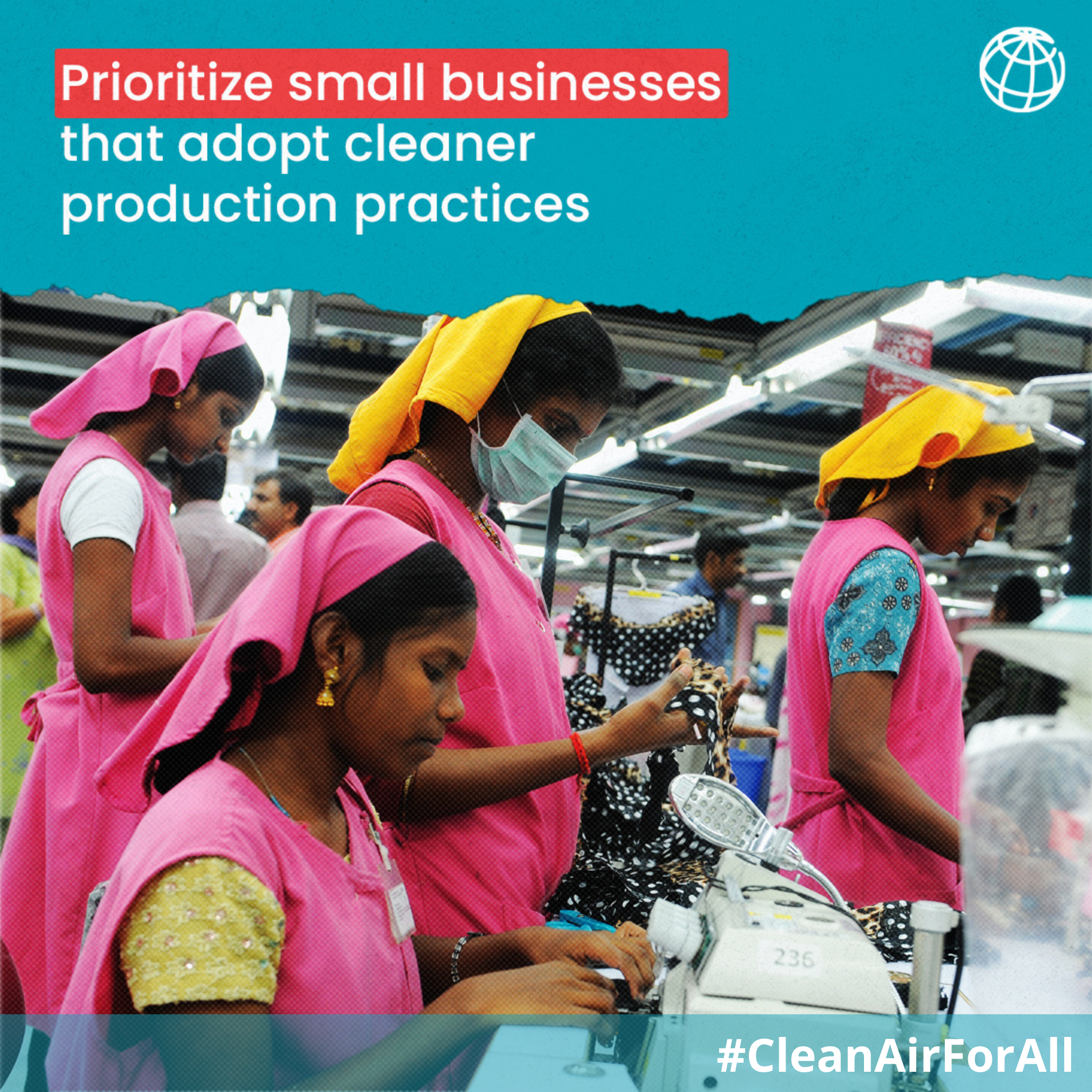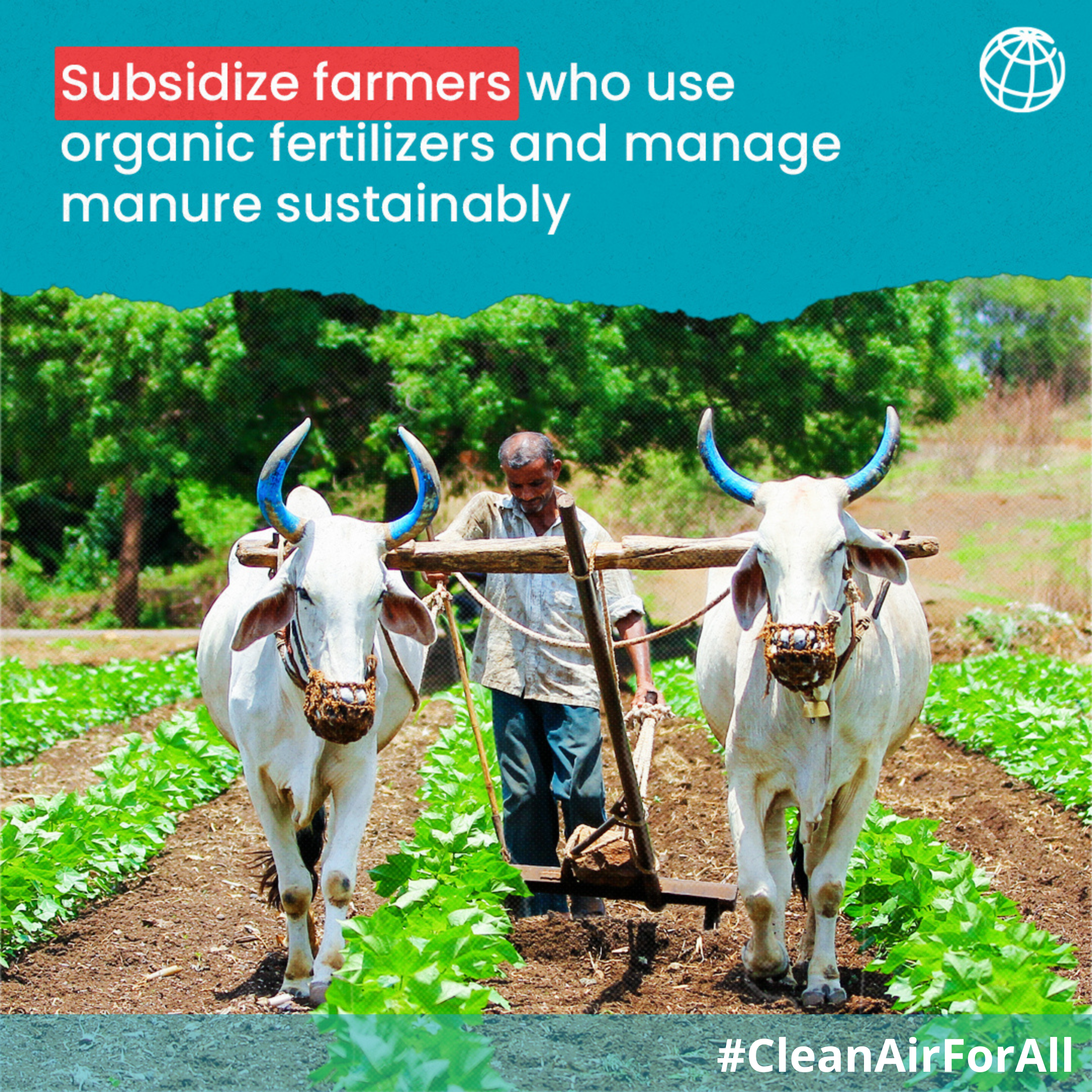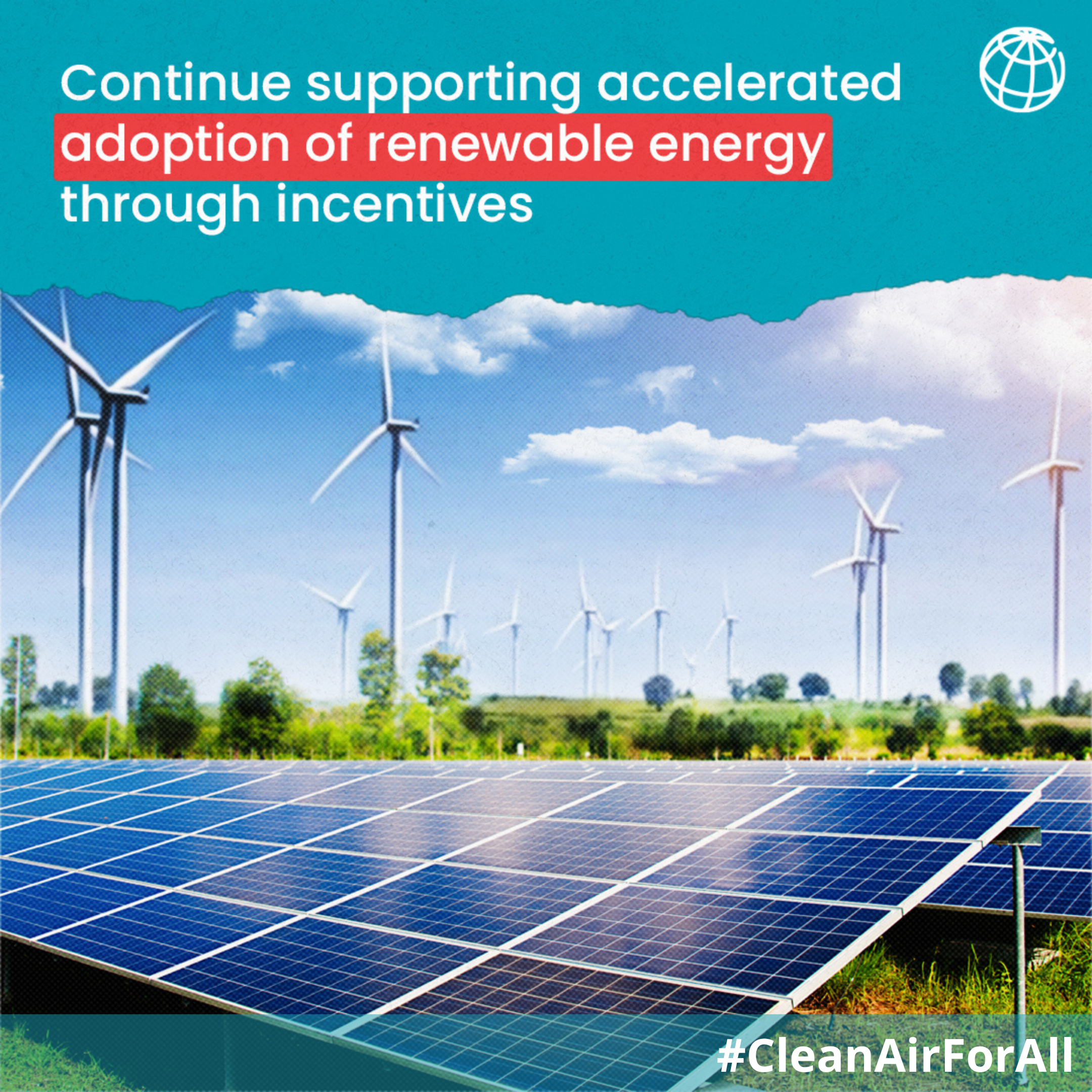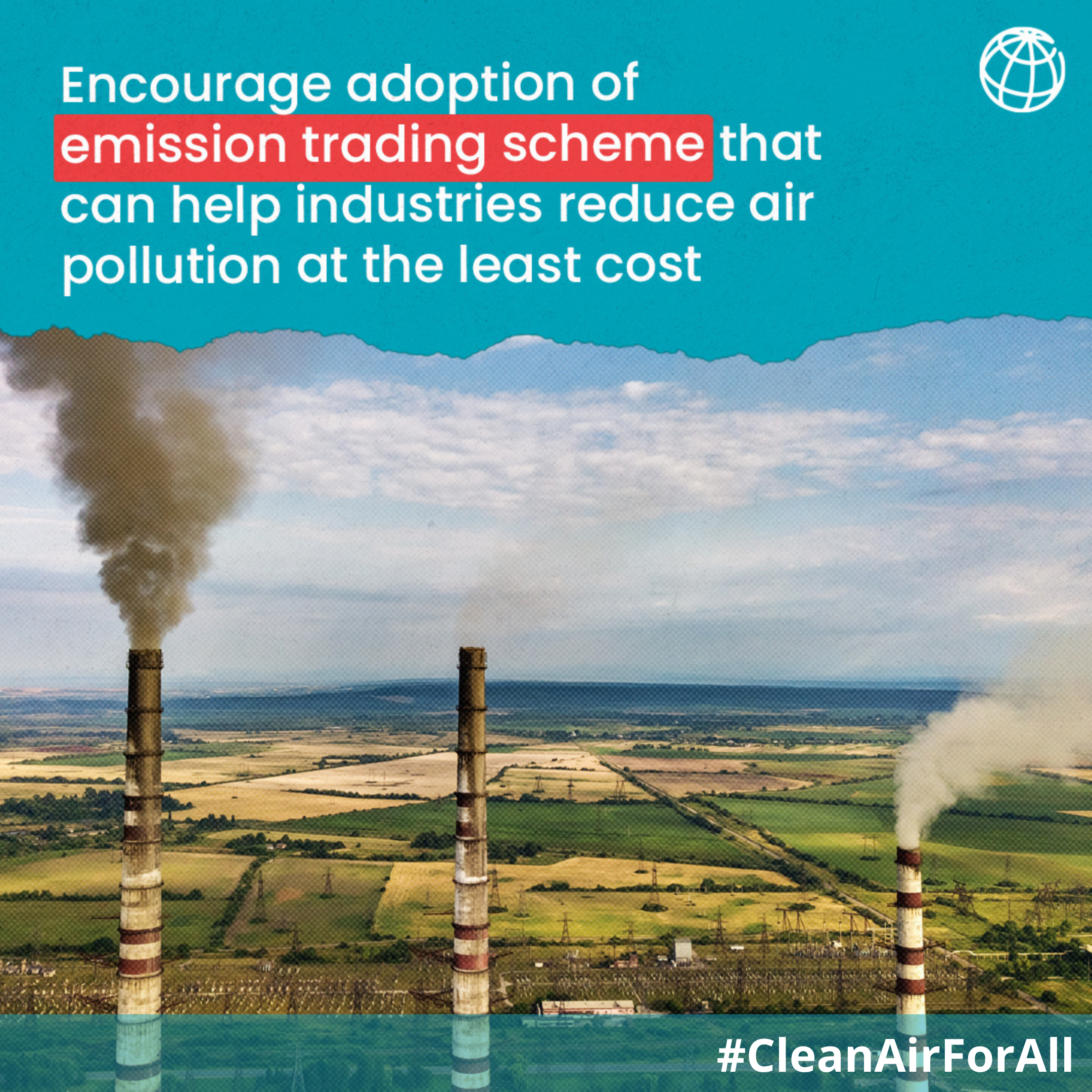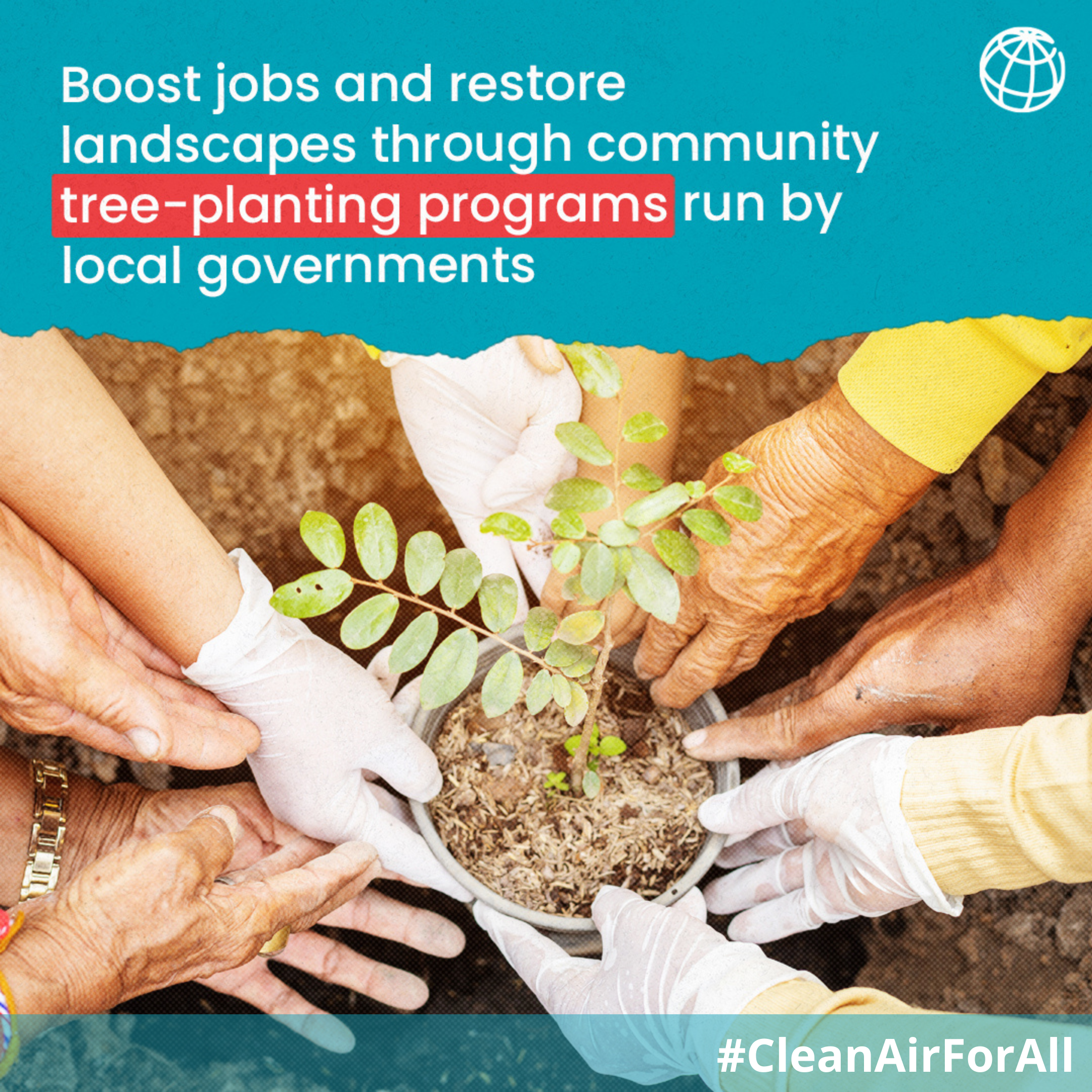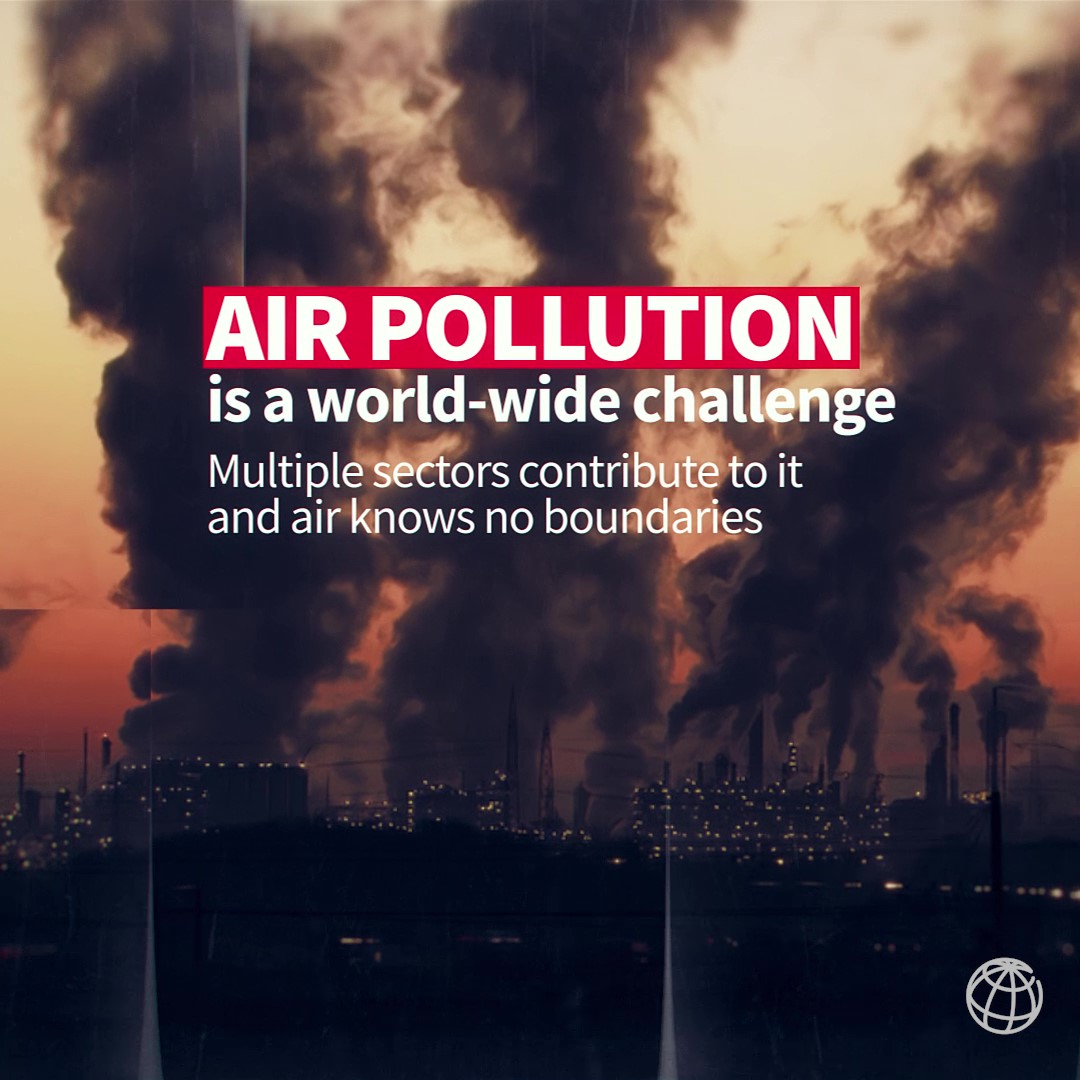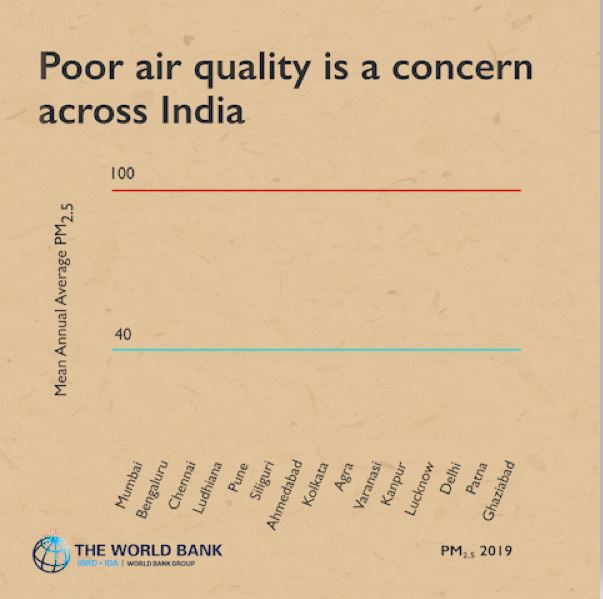Context
Globally, air pollution is a silent killer. The air pollution levels in India are among the highest in the world, posing a heavy threat to the country's health and economy. All of India’s 1.4 billion people are exposed to unhealthy levels of ambient PM 2.5 – the most harmful pollutant - emanating from multiple sources. These small particulates with a diameter of less than 2.5 microns, is about one-thirtieth the width of a human hair. Exposure to PM 2.5 can cause such deadly illnesses as lung cancer, stroke, and heart disease. 1.67 million deaths were attributable to air pollution in India in 2019, accounting for 17.8% of the total deaths in the country. The health impacts of pollution also represent a heavy cost to the economy. Lost output from premature deaths and morbidity attributable to air pollution accounted for economic losses of US$28.8 billion and $8 billion, respectively, in India in 2019. This total loss of $36.8 billion was 1.36% of India's gross domestic product (GDP).
PM 2.5 comes from a variety of sources. Some of the most common sources include emissions from burning fossil fuels such as coal or oil and biomass such as wood, charcoal, or crop residues. PM 2.5 can also come from windblown dust, including natural dust as well as dust from construction sites, roads, and industrial plants.
Over half of PM 2.5 emissions in India are formed in “secondary” way in the upper atmosphere when different types of gaseous pollutants from one area such as ammonia (NH3), mix with other gaseous pollutants like sulfur dioxide (SO2), and nitrogen oxides (NOx) from another place. Agriculture, industry, power plants, households, and transport all contribute significantly to the formation of secondary PM 2.5. This secondary form spreads farther and wider than primary PM2.5 and travels across states, cities, and crosses jurisdictional borders.
The air pollution challenge in India is therefore inherently multi-sectoral and multi-jurisdictional, requiring an “airshed” approach. An airshed can be defined as a region that shares a common flow of air, which may become uniformly polluted and stagnant. Air quality within an airshed will largely depend on pollution sources within it. Because the formation of secondary particles and the transporting of primary and secondary particles take place over large geographic areas, airsheds can extend over several hundred kilometers, well beyond the boundaries of cities. India, therefore, needs to look beyond its cities and take action at the sub-national level for effective air pollution control strategies and apply new set of tools for airshed-based management. Standardizing tools across India is important so control strategies and relevant data sets can be linked.
